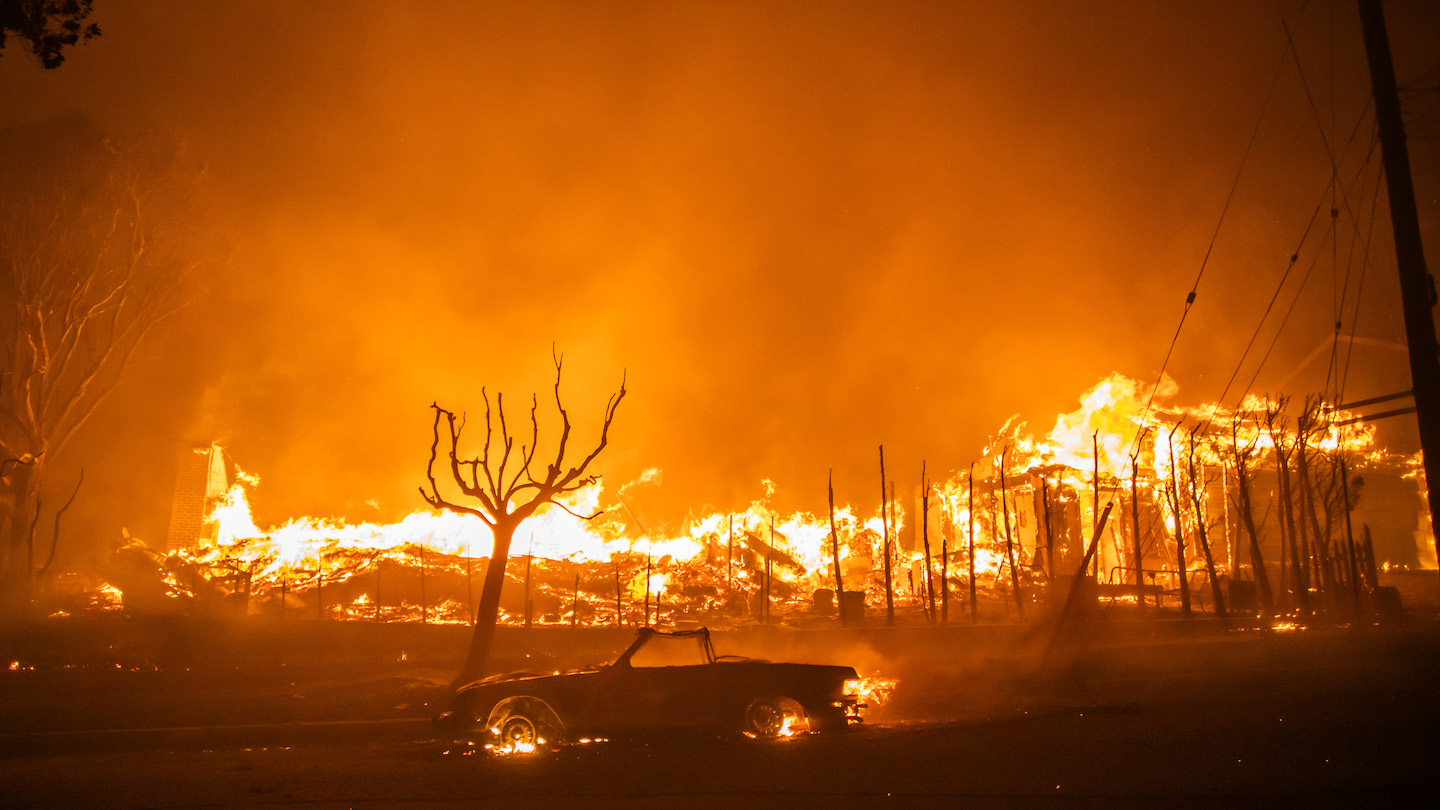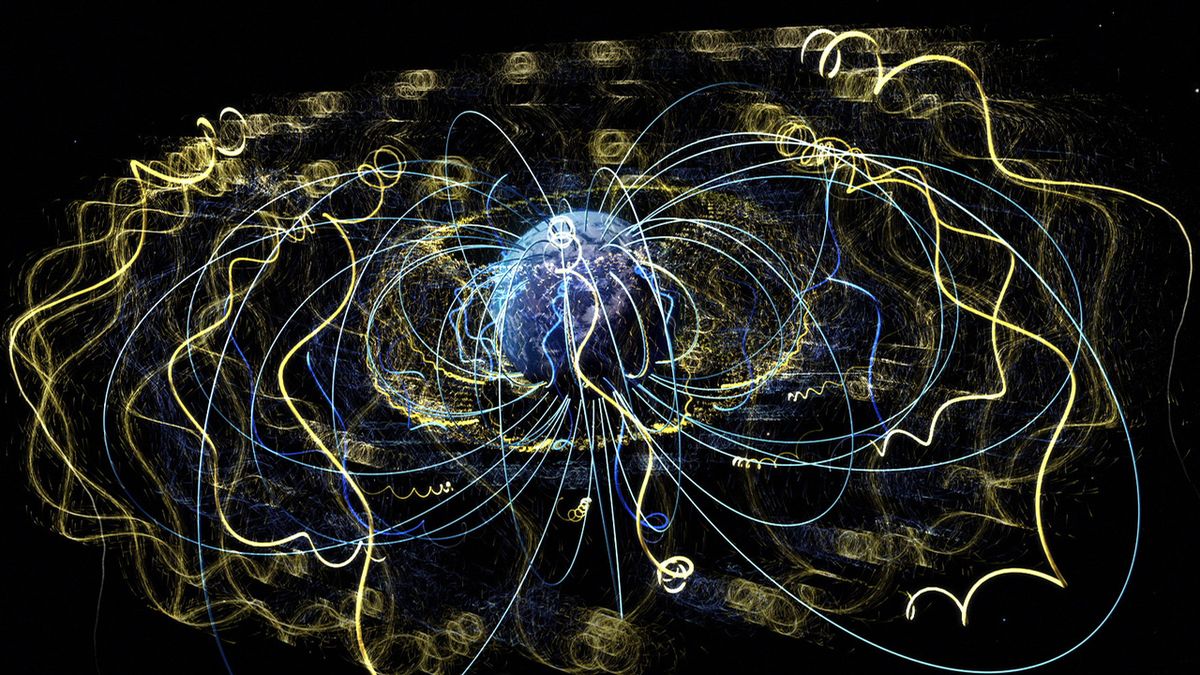
As Earth’s surface warms, ice sheets will melt, and sea levels will rise.
One major question facing scientists tasked with predicting sea level rise is just how melting ice sheets will redistribute their load.
To answer this question, the recent past holds answers. For instance, about 3 million years ago, the mid-Pliocene warm period was as much as 3°C warmer than preindustrial average temperatures, a climate “quite similar to where we think we’ll probably end up by the end of this century,” said Fred Richards, a lecturer at Imperial College London.
Where the ice sheets were and what sea level looked like during the mid-Pliocene can serve as a proxy for a similarly warm future, said B. Parazin, a doctoral student at McGill University.
“The mantle is doing its own thing.”
But it’s not just about the ice sheets.
“The mantle is doing its own thing,” said Parazin.
A new study that will be presented by Parazin, Richards, and colleagues at AGU’s Annual Meeting 2024 on 11 December explores a hypothetical (and impossible) situation: how today’s ice sheets would change without the mantle pushing or pulling from below. This could help refine paleoclimate models that guide our understanding of how ice sheets—and therefore sea levels—might change.
Dynamic Topography
Topography, broadly speaking, describes the ups and downs of Earth’s surface—mountains and valleys, plateaus and canyons. Most of the continental topography that we see, said Richards, results from differences in the density and thickness of Earth’s tectonic plates. In glaciated areas, ice can exert itself by eating away at its bed, leaving behind debris, and pushing down on the underlying Earth with its weight. Remove the ice, and the plate slowly rebounds.
Mantle rocks that flow as a result of convection over the scale of millions of years also shape topography by imposing stresses at the base of Earth’s tectonic plates. Called dynamic topography, its effect was largely thought to be too small to matter because mantle dynamics evolved so slowly, Richards said. But recent work suggests that the mantle evolves fast, geologically speaking. If the mantle moves 0.1 millimeter per year over 3 million years, he explained, that’s 300 meters of vertical movement since the mid-Pliocene warm period.
Three million years in the past, Parazin said, “dynamic topography would be meaningfully different.”
To gauge the importance of dynamic topography, Parazin and colleagues conducted a numerical experiment on how today’s ice sheets in Greenland and Antarctica would change without it. The complex experiment began by stepping through a seismic tomography model and a mantle convection model that resulted in a prediction of today’s dynamic topography.
Then, they incrementally subtracted the resulting dynamic topography via two other linked models—one that simulated how ice flows and one that simulated how bedrock topography changed when the ice load on top of it changed.
The end result: a dramatic difference in what ice sheets would look like if dynamic topography didn’t exist.

Today, Greenland’s dynamic topography is dominated by mantle upwelling associated with the Iceland hot spot, Parazin said. The eastern edge of the landmass bows upward, creating the edge of bowl-shaped Greenland.
Remove the effect of the hot spot, and the eastern rim loses elevation and ice, opening a pathway to the sea, they explained. Without the hot spot pushing its eastern edge up, Greenland would be a marine-based ice sheet that would be “more vulnerable to runaway feedbacks than land-based ice sheets,” they said.
Today’s Western Antarctica is also dynamically uplifted in some places and dynamically depressed elsewhere. Removing mantle effects, Parazin said, “causes a pretty dramatic redistribution of ice.” Ice retreats in some sectors and extends up to the continental shelf in others.
Refining the Past Could Help Predict the Future
Parazin clarified that their models simulate what would happen if there were no mantle convection and do not correspond to anything that has happened or will happen. “They’re meant to gauge the importance of dynamic topography,” they said.
“Our best guide for what’s going to happen in the future in terms of sea level change is figuring out what happened to sea levels in the relatively recent past, when temperatures were similar to where we think we’re headed.”
Regardless, “their study…highlights nicely how motion in the deep Earth connects to the surface and the climate system in ways that we don’t normally think of,” said Jacky Austermann, an assistant professor at Columbia University who was not involved in this work.
Previous research led by Austermann focused on how different the dynamic topography of Antarctica was during the mid-Pliocene warm period. In that work, Austermann and her coauthors found that by accounting for this difference, ice likely retreated farther inland than prior ice sheet simulations suggested, especially for East Antarctica. Parazin hopes to take the tools presented at #AGU24 and apply them to the past to further develop models like those of Austermann and others.
“Our best guide for what’s going to happen in the future in terms of sea level change,” Richards said, “is figuring out what happened to sea levels in the relatively recent past, when temperatures were similar to where we think we’re headed.”
—Alka Tripathy-Lang (@DrAlkaTrip), Science Writer









Leave a Comment